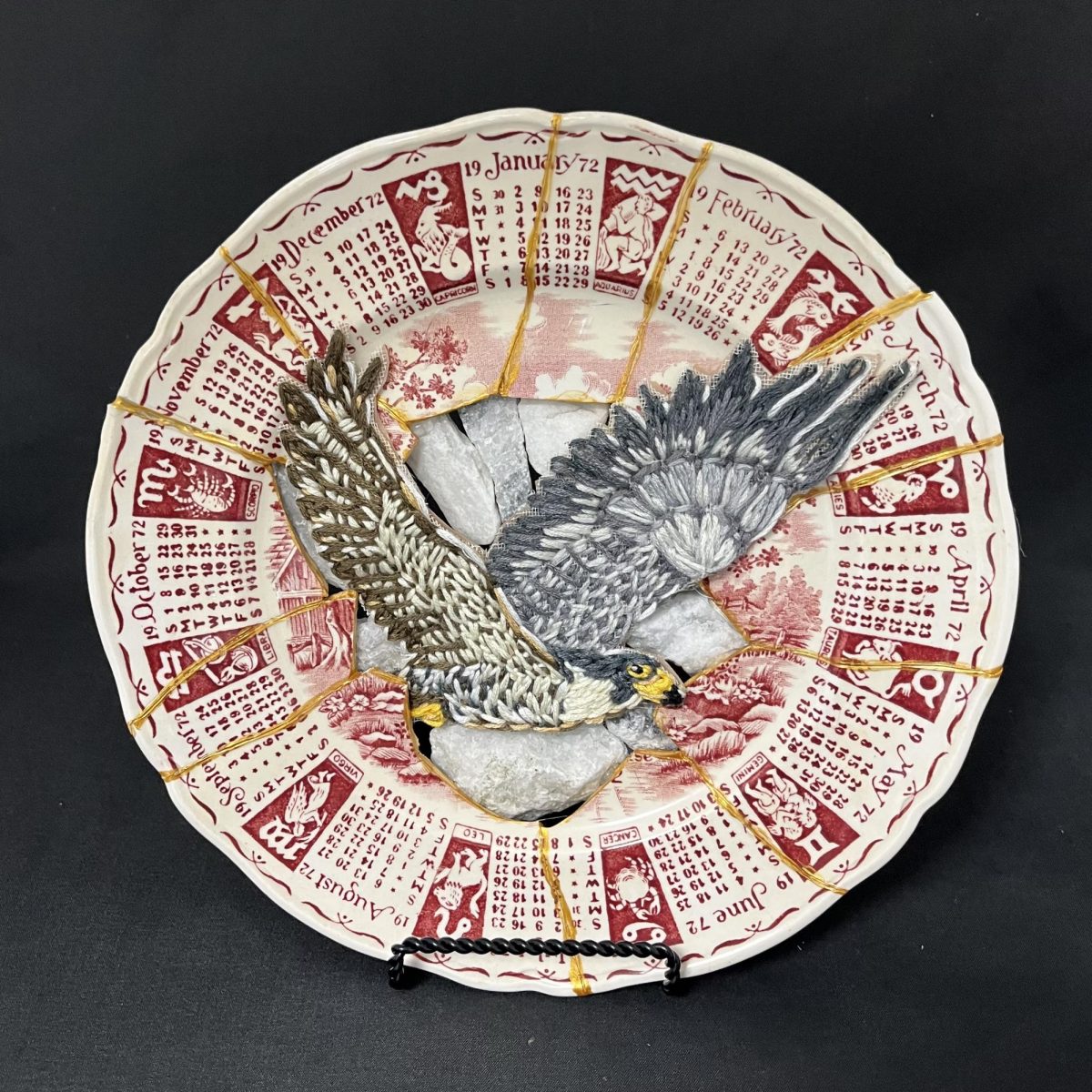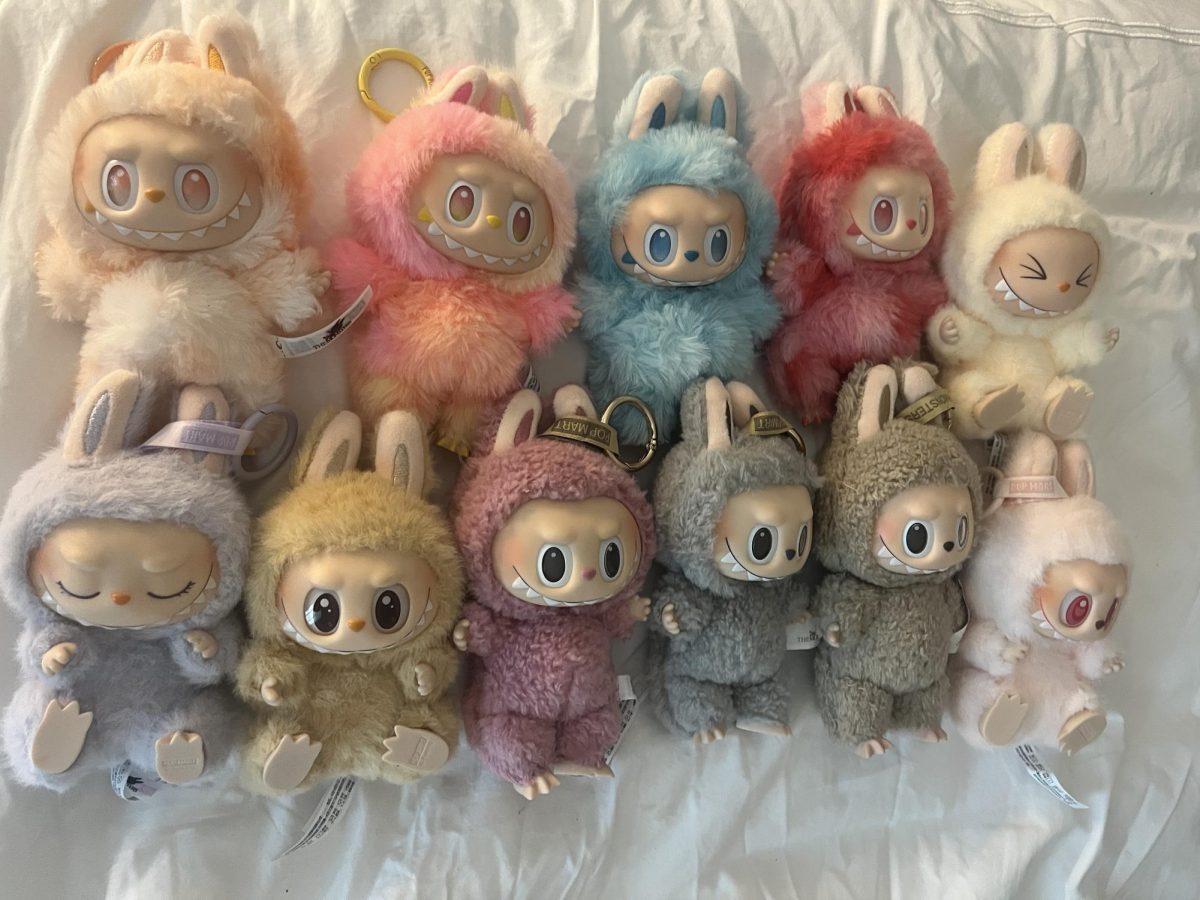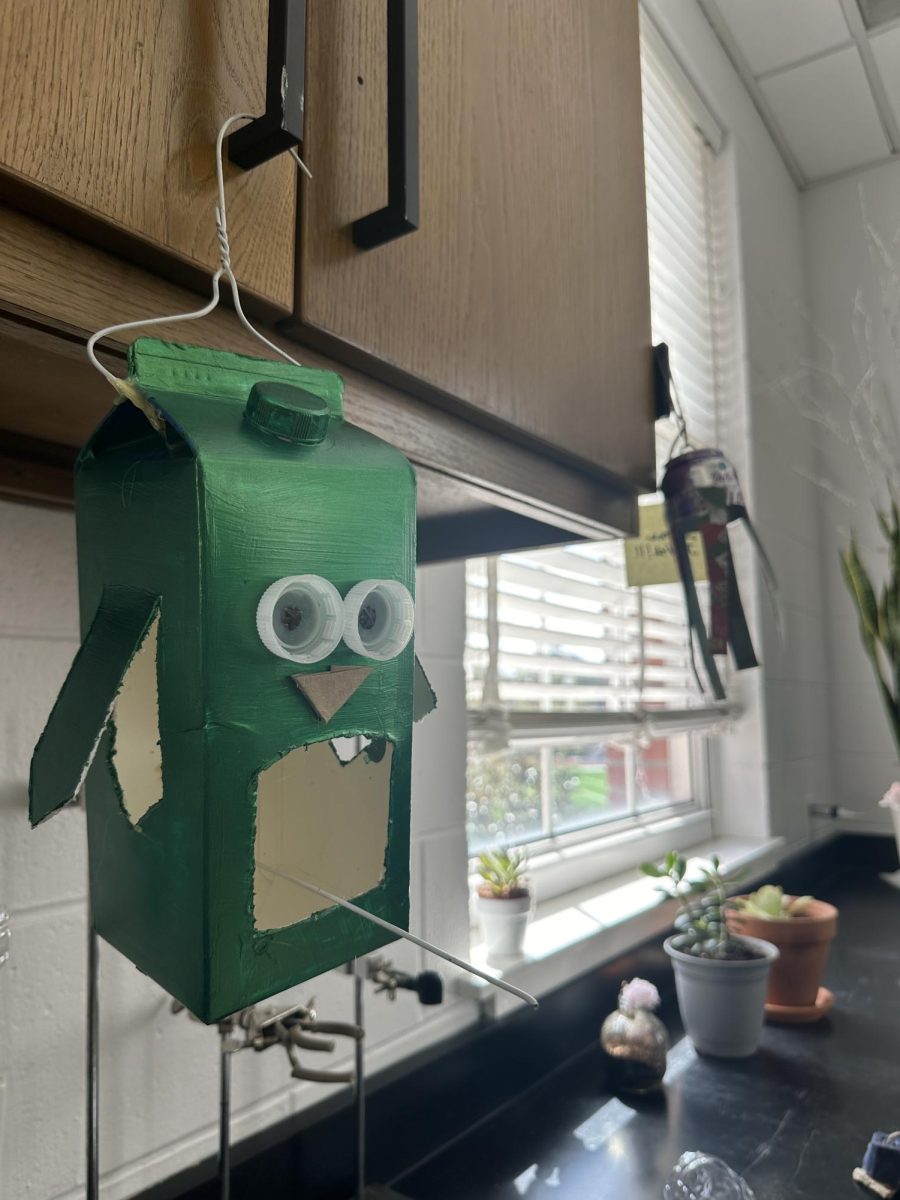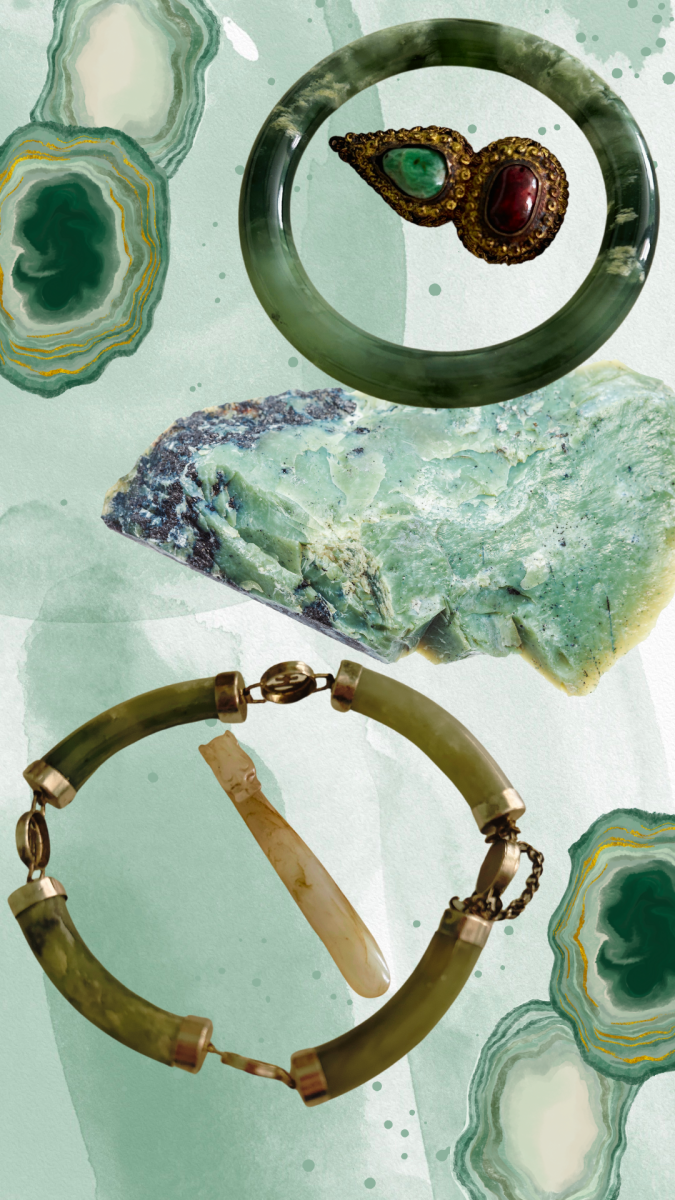An object has no inherent value until one is projected upon it. Take, for instance, jade. In reality, jade is just a mineral. It’s a mineral that comes in all types of colors ranging from green to yellow, white, orange, lavender, and black. The formation of jade starts within fissures in the ground caused by earthquakes. Gradually, Earth’s pressure squeezes out mineral-potent water which leaves behind jade in the newly formed cracks. Over the course of millions of years, and due to millions of earthquakes, jade deposits form. It’s hard to deny that there is something poetic about jade’s origin story—that something so pristine and elegant can only be made possible through abrasive struggle and healed breakage.
Those who have seen jade may observe veins running through the rock and mistakenly interpret them for cracks or a lack of quality. In truth, these lines, known as clarification lines, are nature’s way of strengthening an area when the rock was forming. Similar to Kintsugi, the Japanese practice of fixing broken pottery with molten gold, what is birthed from imperfection becomes a beautiful, unique piece of art instead. Instead of symbolizing fragility, the lines in jade showcase an internal strength that comes from within.
And as one often discerns when delving deeper into a subject of interest: there is always more to discover and even more one doesn’t know. The answer to a single question prompts the formation of several more. The same principle applies here, wherein one will learn that what most people refer to as jade actually exists as two different kinds of minerals: jadite jade and nephrite jade. Jadeite jade carries a more translucent glow and holds within its category Imperial Jade, the most valued jade known for its bright emerald color. Nephrite jade, on the other hand, often emits a darker hue and has the highest tension out of all natural stones. It can’t be chiseled by metals, and it’s even stronger than some steels. Nephrite jade was what the ancient Chinese artisans used to craft their dearest possessions.
Jade in Chinese tradition holds incredible cultural and spiritual significance. The most powerful god in Chinese mythology is named the Jade Emperor for a reason. Also known as YuHuang, he ruled the heavens and the earth and was the head figure after which Chinese emperors throughout history modeled their reign. Taking a glance at any depiction of ancient Chinese nobility shows them wearing a “hat” with jade beads hanging off the ends. The elite, the only ones who could afford jade, would wear the gemstone to symbolize their wise and heavenly status. Naturally, jade, also called Yu or FeiCui in Mandarin, would often be made into jewlery for women and into pendants or belts for men.
Although Jadite jade was introduced to the Chinese in the 1700s when it was imported from Burma, now known as Myanmar, the earliest depictions of jade in Chinese history date back to over 7,000 years ago. The Chinese prized Nephrite jade as early as the Neolithic period during the latter phases of the Majiabang culture, occurring around 5100 BC. This was especially impressive considering the artisans could only use a cord and sand to slowly abrade the jade into their desired shape. Jade was a frequent material used for weapons, burial rituals, and spiritual ceremonies. It wasn’t until the Shang Dynasty, around 40,000 years ago, that jade craftsmanship made a notable advancement in aesthetic beauty. Due to the innovation of a manual bronze rotary machine, jade emerged in the form of ornaments, figurines, and even wind chimes. The finished objects would astonish with their many elaborate shapes, detailed contours, and highly polished surfaces that shone with the, “Essence of heaven and earth.” The laborious craftsmanship process could take months and upwards of years to finish a single piece.
Now, the tools to carve jade have evolved to coating a motored grinding machine with synthetic abrasives such as carborundum and synthetic diamond. And unsurprisingly, the demand for jade has never been more alive. In addition to those who praise jade for its external beauty and rich cultural history, there are also those who believe in its healing properties. Jade is said to have detoxing effects that can cleanse the body and minimize pain. Afterall, the name itself comes from the Spanish phrase, “Piedra de ijada” which means, “Stone of the flank.” As the story goes, Spanish conquistadors coined the term when they observed native Central Americans hold jade to their stomachs to cure stomach pain. In addition to physical medicinal properties, jade is often used as a talisman to ward off negative energy. It is believed to keep energy draining thoughts at bay due to its natural purity and ability to calm the mind.
It all goes back to what one chooses to believe. In modern day China, a common practice is to wear jade as a necklace pendant or a bangle around the wrist. There is a belief that the longer one wears the jade, the more the jade will be accustomed to the wearer due to absorbing their skin’s oils. Long term owners of jade will display their jades that do indeed have a higher degree of transparency and a softer, more valuable sheen. Apparently, the jade also gains a greater ability of dispelling negative energy around their owner. This is called, “Raising your jade” and in the current market, the idea of cultivating something entirely unique to oneself is incredibly enticing. Jade may or may not have the properties some people claim, but there’s no denying the global allure to this gemstone. The value people have assigned to jade comes from a long ancestry of cultural traditions, spiritual beliefs, and personal appreciation for beauty. So for these reasons or more, people will willingly pay the premium price of jade, and in the end, they will also be the ones who decide if it was worth it.









































